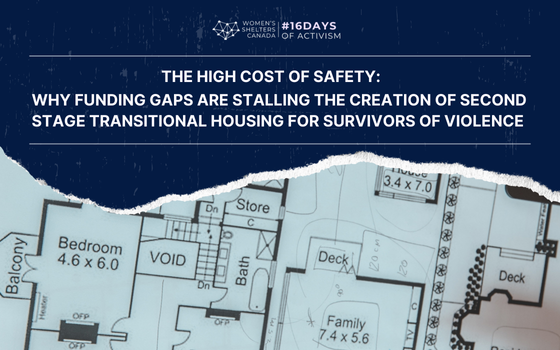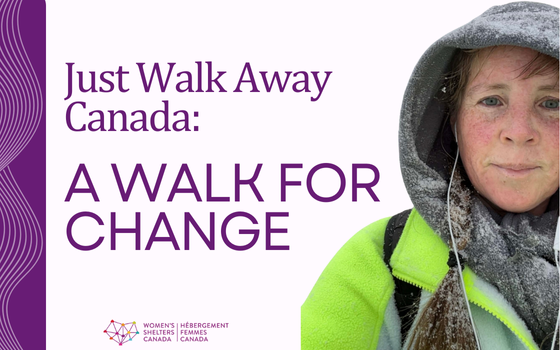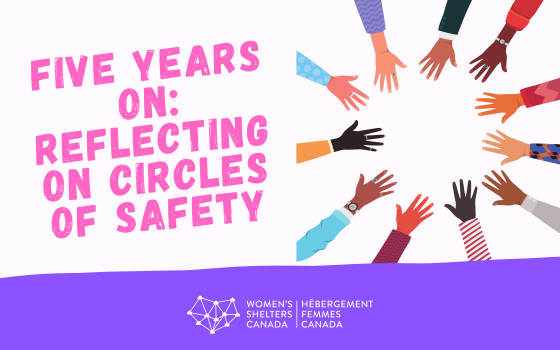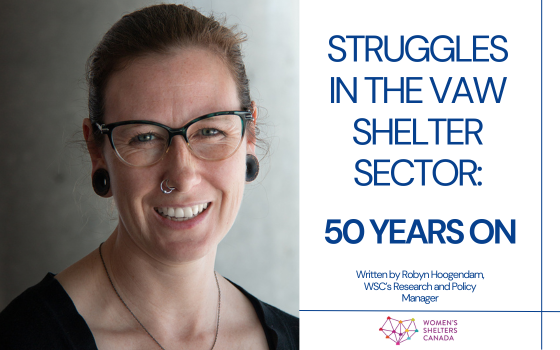“People in crisis recognize people in crisis.”
In the last week, news of the city of Vancouver’s decision to gradually end a yearly grant to Vancouver Rape Relief and Women’s Shelter resulted in emotions running high, with both sides calling the other discriminatory. Those against Vancouver Rape Relief believe its policies are transphobic, while VRR issued a statement saying that “Vancouver City Council’s decision is intended to coerce us to change our position and practice of offering some of our core services only to women who are born female.”
VRR’s stance is not indicative of Canada’s violence against women (VAW) shelter sector as a whole. The VAW sector grew out of a feminist objective to address the impact of domestic violence on women and, ultimately, end violence against women. Although some shelters feel that broadening the focus to include transgender people could undermine shelters’ ability to focus on women’s spaces and needs, many more shelters are trying to become inclusive of trans women out of a recognition that trans women are women and that all women affected by violence should have access to their services.
The result is that there is currently a spectrum of approaches to gender inclusion across the VAW shelter sector: some shelters are explicitly only inclusive of cisgender women, many others are working to support trans women, and some are also working to support trans men and non-binary people.
Women’s Shelters Canada is a national charitable organization that brings together 14 provincial and territorial shelter organizations. We are a member-guided non-regulatory body with a mandate to share knowledge under the direction of our Advisory Council. We value the autonomy of VAW shelters to set their own policies, while building awareness of the overall trajectories of change across the VAW shelter and transition house sector.
One of those trajectories is an increasing effort on the part of many shelters to build their capacity to support trans women adequately.
VAW shelters are increasingly becoming more inclusive of trans women because of a recognition that trans women are women. They are also receiving requests from trans women for help and understand that they experience a disproportionate amount of violence and homicide. One Canadian study found that transgender individuals were twice as likely to report experiencing IPV in their lifetimes compared to cisgender women and four times as likely as cisgender men. In a recent national survey by Women’s Shelters Canada, we found that 46% of VAW shelters had served trans, gender fluid, and intersex people. This is not the percentage of shelters that WOULD support this group, but the percentage that had knowingly supported them (i.e. clients disclosed).
As a result of all this, WSC brought together eight representatives from VAW shelters across the country in May 2018 to create a Community of Practice (COP) on supporting trans women in shelters. Along with two co-facilitators, participants discussed the work they have done so far, the challenges they continue to face, and what is needed to move forward. Overall, the COP was an opportunity to foster a community of practitioners who are leading change in this area and generate resources that could support other shelters interested in making similar changes. Check out the short video on this COP at the end of this post.
WSC will be releasing the outcomes of this COP on May 17, the International Day Against Homophobia and Transphobia. This will include resources, promising practices, and case studies that can guide shelters seeking more information on how to better support trans women.
COP participants shared that “historically, intersex and gender queer people went to women’s spaces because they were safer spaces to be in.” Others noted that concerns about other shelter residents feeling unsafe are overblown, as “people in crisis recognize people in crisis,” as one participant put it.
We hope that VAW shelters interested in learning how to become more inclusive of trans women will engage with these resources so that they can continue the history of the VAW shelter sector in supporting all women fleeing violence.
Written by WSC staff






Violence against women continues to be an obstacle to achieving equality, development, peace as well as to the fulfillment of women and girls’ human rights. All in all, the promise of the Sustainable Development Goals (SDGs) – to leave no one behind – cannot be fulfilled without putting an end to violence against women and girls.